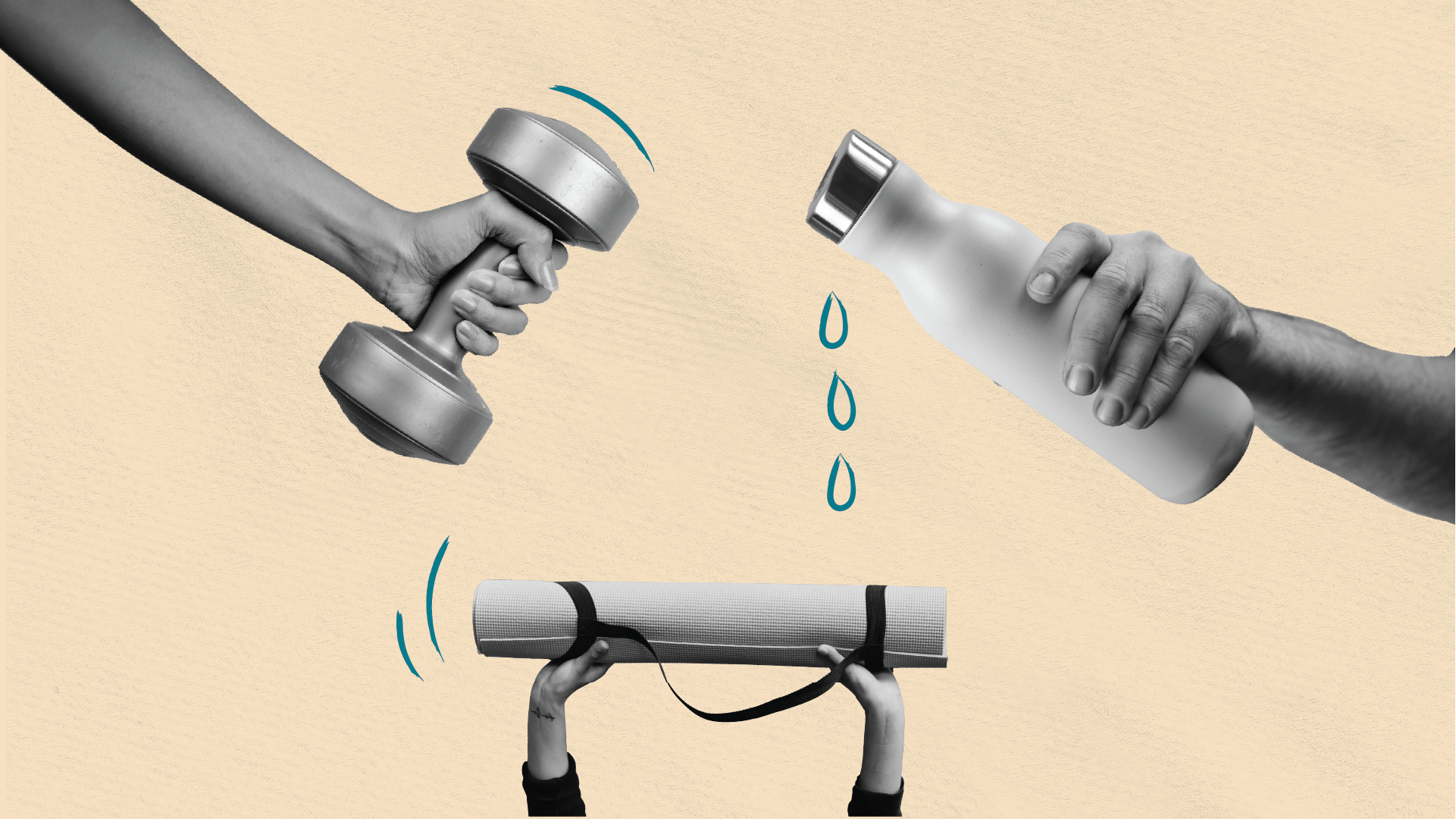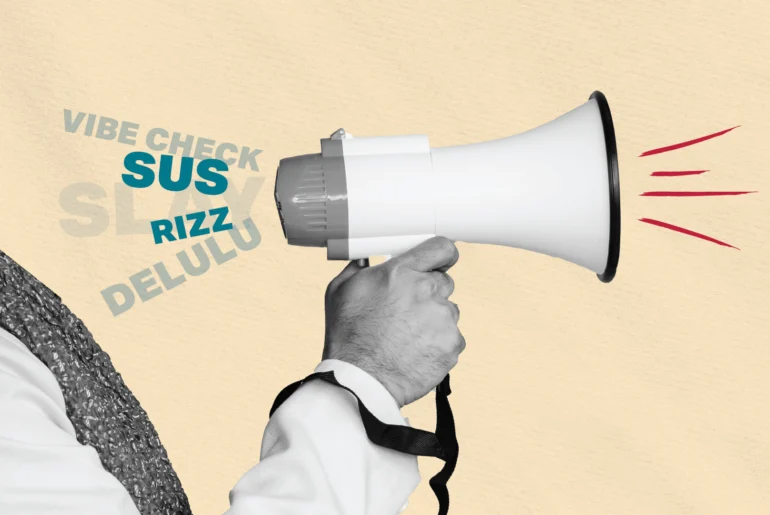I imagine you are comfortably seated as you begin reading this piece. Let me ask you to get up and stretch yourself for just a few minutes before you seat yourself back down and continue reading. Gently stretching your neck and bending down to reach your toes will work very well. Your fitness journey begins here.
Let’s face it – there is no running away from getting some form of exercise in. If you wish to stay physically and mentally sane, exercising is just non-negotiable. The good news is you don’t need a gym or any fancy equipment to make a beginning. Here’s how you can help yourself.
Here are some ways you can kickstart your fitness journey:
Consciously move more
We are all guilty of asking someone to bring us a glass of water, turn on the fan and other such small tasks for us. This is where you can get in a few more steps each day – make a conscious decision to move more. In fact, also ask others around if they need something you can fetch for them. For every 30 minutes you spend sitting, move for 5 minutes.
Schedule your work-out
While we all mark our calendars and ensure we show up for work calls, make working out a priority. If scheduling helps you, do so with the workouts too. Make sure you are accountable to yourself. Incorporate fitness into your daily routine in such a way that it becomes a habit. Remember the best policy with fitness is taking one step at a time.
Set yourself small achievable targets
Big targets are always scary – lose 10 kgs, drop down two sizes in clothes etc. However, celebrating and applauding yourself for small wins is a great way to motivate yourself. If you went from zero minutes of exercise to even ten minutes a day – pat yourself on the back. Stick to ten minutes for a week and slowly push that to 15 minutes and so on. Prioritize consistency over duration.
De-link emotions and food
We tend to rely on food as a crutch –I for one turn to food when happy or sad. It is often a great companion that provides much-needed solace. This is a cycle that one must break free from. Not just to de-link emotions from what and how we eat but also to practice mindful eating habits. Hara Hachi Bu, a Confucian teaching that instructs people to eat until they are 80 percent full is a great way of practicing this mindfulness.
Listen to your body
Your body is the best tool to use to gauge how you are feeling. Smartwatches and gadgets are great, but they can only go so far in helping you. Do not push yourself on days when you feel low on energy or have had inadequate sleep. Stay tuned into yourself to understand the cues. Just like workouts are needed to keep the body going, rest and recuperation are equally important. Learn how much to push and when to pull back.
Create avenues to workout
The next time you decide to catch up with friends, why not do so over a game of badminton, a brisk morning walk to catch the sunrise or even a nice long run. Normalizing working out together and making it a fun activity will help bring in some discipline and fun into your social life. Enroll for a class together that not just requires you to move but also helps you learn a new skill.
Build new habits by taking advantage of older ones
James Clear in his very popular book, Atomic Habits, says one of the best ways to build a new habit is to identify a current habit you already do each day and then stack your new behavior on top. This is called habit stacking. If you are a parent who drops your child to school every day, then maybe just after the drop consider getting 10 minutes of walk into your routine. While the drop is anyway part of your routine, adding a small walk to it could help in the long run.
If any of these helped you make that first move, we’d love to hear from you!




